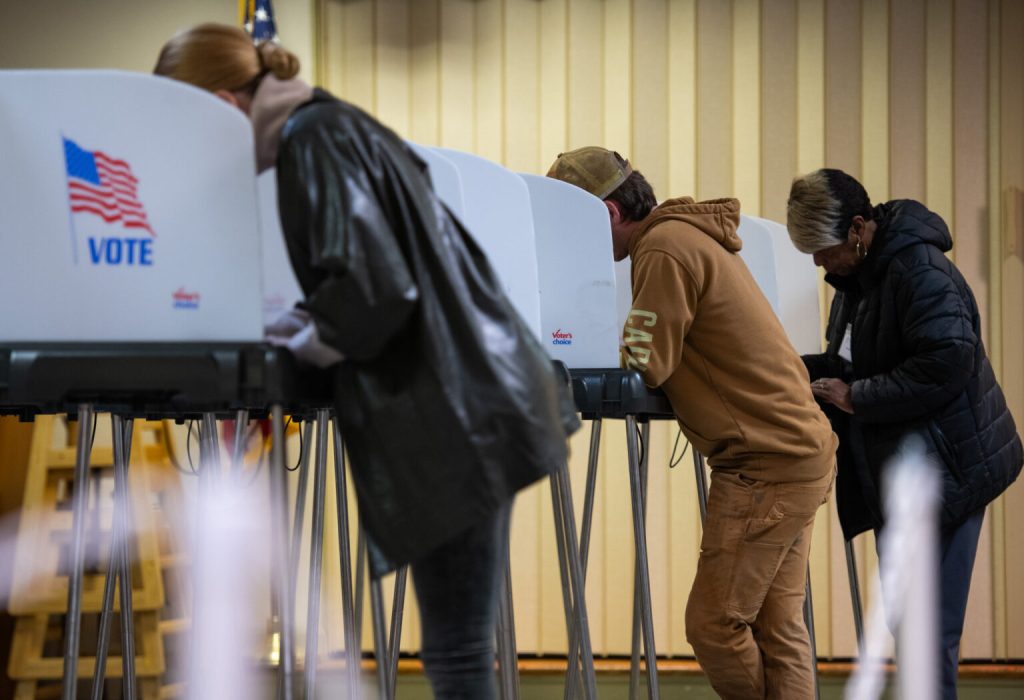
Voter Turnout and Public Conversations
Elections are more than just a means of choosing leaders; they set the tone for national conversations. When more people participate in voting, discussions around policies, governance, and societal priorities become broader and more representative. However, when turnout is low, public discourse can be influenced by a limited group of voters, leaving many perspectives unheard.
A thriving democracy depends on participation. When communities engage in elections, they bring diverse voices to the table, shaping the decisions that affect everyday life. Understanding the connection between voter turnout and public debate helps explain why participation matters—not just on Election Day, but in shaping the conversations that continue long after the results are announced.
Representation and the Power of Participation
Every vote represents an individual’s voice, but when large groups abstain from elections, public discourse becomes skewed. If only certain demographics or political groups participate, discussions about policies may ignore the needs of those who did not vote.
For example, younger voters historically have lower turnout rates compared to older generations. As a result, policies affecting education, climate action, and workforce conditions may receive less attention than issues prioritized by older voters, such as retirement benefits and healthcare policies. The decisions made by elected officials reflect the voices of those who participate—meaning that communities with lower voter engagement often see their concerns sidelined.
When voter turnout increases, political discussions expand. Candidates are forced to address a wider range of issues, media coverage becomes more balanced, and policies are shaped by a more diverse set of opinions.
How Low Voter Turnout Shifts Political Priorities
Elections with low turnout often give power to a small portion of the population, allowing them to shape policies and laws without representing the broader electorate.
Local elections illustrate this clearly, as turnout rates usually fall far below those of presidential races. A school board election, for example, may draw only a small group of voters, yet the board’s decisions influence thousands of students, teachers, and families. When only a select group votes, their specific priorities drive education policies instead of the broader community’s needs.
The same pattern occurs in national elections. When turnout is low, issues that matter to non-voters receive less attention, and elected officials may focus on the concerns of the most active voting groups rather than considering the full range of public interests.
Media Coverage and Public Discussions Reflect Voter Engagement
The level of voter participation influences how media outlets cover elections and political issues. High-turnout elections often lead to more in-depth reporting, diverse candidate platforms, and greater accountability from elected officials. When people vote in large numbers, media narratives tend to highlight a wider range of perspectives.
In contrast, when voter turnout is low, election coverage can become narrowly focused. Instead of discussing policies that impact all citizens, news coverage may center on the concerns of the most engaged voter groups. This can lead to a cycle where certain issues receive national attention while others remain overlooked.
Public debates reflect the topics voters prioritize. When more people participate in elections, they push the media to cover a broader range of concerns, creating discussions that include diverse perspectives and represent the entire population more effectively.
How Higher Turnout Strengthens Democracy
A democracy functions best when it reflects the will of the people. High voter participation ensures that elected officials represent a broad coalition of citizens, rather than just a politically active minority.
When voter turnout is strong, politicians must appeal to a wider audience, which encourages policies that address the concerns of different socioeconomic groups. This can lead to legislation that considers the needs of working families, minority communities, and younger generations who may not always have high voting rates.
Higher turnout also reduces political polarization. When more people engage in the voting process, election outcomes tend to reflect moderate, widely supported policies rather than extreme positions that appeal to only a small portion of the electorate.
The Role of Voting in Long-Term Policy Discussions
Elections shape national and local conversations long after ballots are cast. Issues that gain attention during an election cycle often remain at the forefront of public discourse, influencing future policy decisions and legislative priorities.
For example, in the 2020 U.S. presidential election, high voter turnout brought discussions about healthcare access, racial justice, and economic recovery into focus. These issues continued to shape political debates and policy-making in the years that followed.
When voter participation is high, political leaders recognize strong public engagement and respond more directly to concerns raised during campaigns. This level of involvement keeps election-related conversations alive after the results and drives them toward meaningful policy changes.
The Impact of Voter Turnout on Local Communities
Local elections directly influence daily life, shaping decisions on school funding and public transportation policies. High voter turnout in these races gives communities a stronger voice in resource allocation and ensures that important issues receive proper attention.
In cities where voter turnout remains low, a small, politically active group often drives policy decisions. This dynamic can create outcomes that fail to address the broader community’s needs. For instance, a low-turnout city council election may produce zoning laws or public safety measures that favor specific neighborhoods while overlooking others.
Encouraging greater local voter participation allows communities to shape decisions that reflect the needs and priorities of all residents.
How Election Outcomes Influence Civic Engagement
Voting is often the first step in broader civic participation. Communities with high voter turnout tend to have stronger civic engagement overall, including higher involvement in town hall meetings, grassroots activism, and community decision-making.
When people see that their votes lead to real change, they are more likely to stay involved in political discussions beyond the election cycle. This can lead to long-term advocacy for policies that improve education, healthcare, infrastructure, and social services.
Conversely, when people believe their votes do not make a difference, political apathy can grow. This creates a cycle where low voter turnout leads to less responsive governance, further discouraging participation in future elections.
Encouraging Voter Turnout for a Stronger Public Dialogue
Increasing voter turnout strengthens public discourse by including a wider range of perspectives in political debates. Communities, educators, and media outlets encourage participation by providing accessible election information and emphasizing the importance of civic engagement.
Educational programs teach students about the voting process, while public awareness campaigns motivate citizens to get involved. These efforts boost turnout and expand political discussions. When informed voters actively participate, public discourse reflects diverse viewpoints and becomes more meaningful.
An Engaged Electorate Shapes the Future
Elections do more than decide leadership; they influence the direction of national and local discussions. When more people vote, public debates become more balanced, policies reflect a wider range of concerns, and elected officials are held accountable to a greater share of the population.
Strong voter turnout is a key ingredient in a thriving democracy. It ensures that political conversations are inclusive, policies are shaped by a broader coalition of voices, and civic engagement remains an ongoing process rather than a one-time event.


